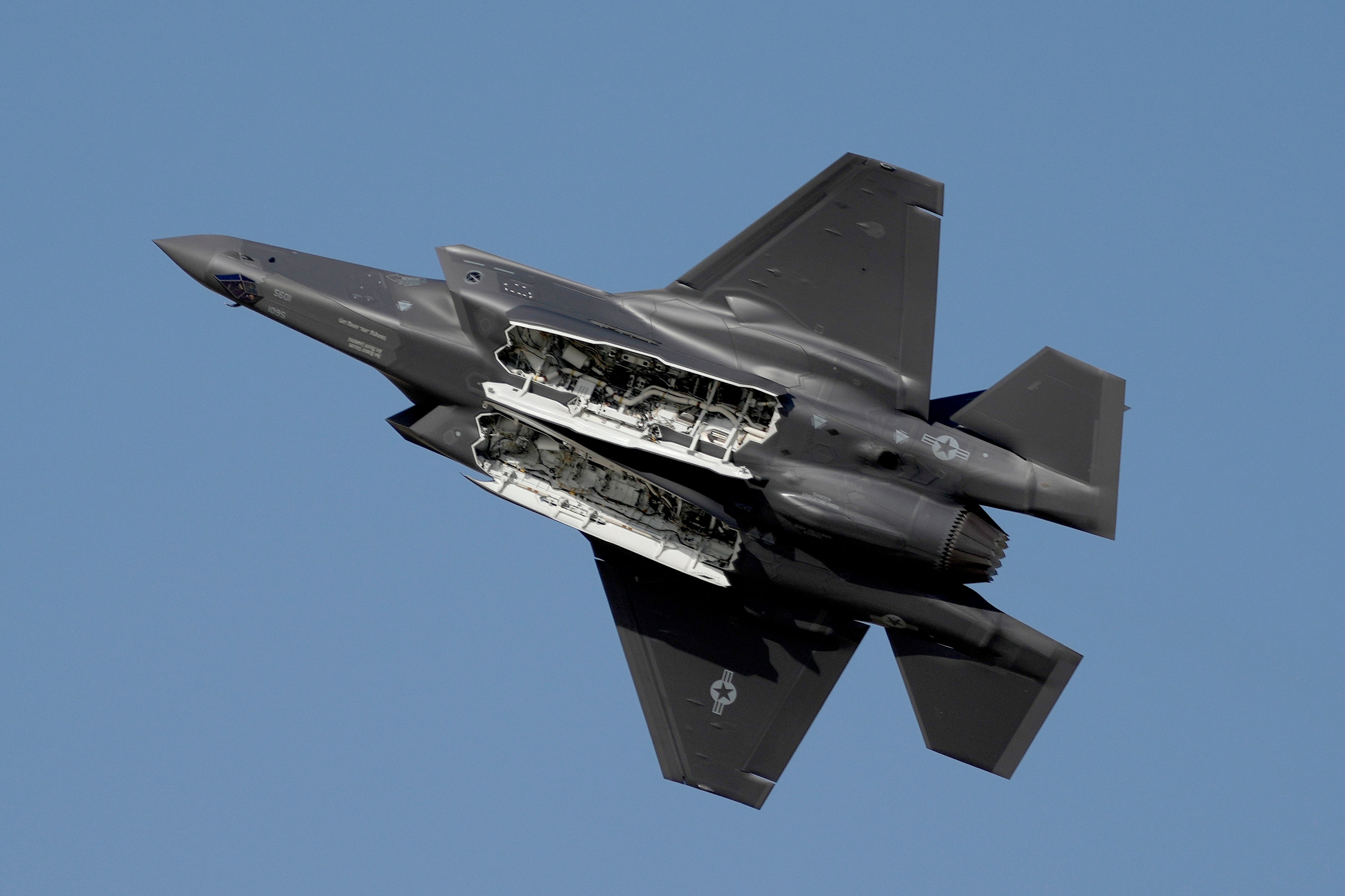Ejector seat inventor’s heirs share £47m payout after saving 7,767 pilots and crew
The company’s ejection seats are in most fighter jets made by the UK and its allies since 1949

Your support helps us to tell the story
From reproductive rights to climate change to Big Tech, The Independent is on the ground when the story is developing. Whether it's investigating the financials of Elon Musk's pro-Trump PAC or producing our latest documentary, 'The A Word', which shines a light on the American women fighting for reproductive rights, we know how important it is to parse out the facts from the messaging.
At such a critical moment in US history, we need reporters on the ground. Your donation allows us to keep sending journalists to speak to both sides of the story.
The Independent is trusted by Americans across the entire political spectrum. And unlike many other quality news outlets, we choose not to lock Americans out of our reporting and analysis with paywalls. We believe quality journalism should be available to everyone, paid for by those who can afford it.
Your support makes all the difference.The owners of Martin-Baker ejection seats will share a £47 million payout after sales rose to £347 million.
The heirs of the company’s founders shared the sum as the firm reported its products have been used successfully 7,767 times.
The company’s ejection seats are in most fighter jets made by the UK and its allies since 1949, including the F-35 warplanes flown from the Queen Elizabeth-class aircraft carriers Britain operates, as well as the Eurofighter Typhoon jet.

Sales for 2024 rose to £347m from £326m the year earlier. Profit slipped from £81m to £76m as it paid more tax. It has orders of more than £737m.
The company was founded by Sir James Martin as Martin’s Aircraft Works in 1929. In 1942 it moved into ejection seats after his close friend Captain Valentine Baker was killed testing a Martin aircraft.
Captain Baker’s death inspired Sir James to begin researching methods of surviving plane crashes.
An ejection seat works by blowing away the canopy of the aircraft to clear the way for ejection. Modern versions then deploy a device around the pilot’s helmet to protect the neck. A rocket is then fired under the pilot’s seat. Finally, the parachute is then deployed. All this happens in about a second.

The company has supplied more than 92,000 seats to 117 operators around the world, it said.
In 2021 a pilot ejected from an F-35 which crashed into the Mediterranean Sea after a failed take-off from the HMS Queen Elizabeth.
The pilot landed safely and was returned to the ship. An investigation concluded that a blockage probably caused the jet to suddenly lose power after a cover was mistakenly left on the jet intake.
The aircraft was recovered from the bottom of the sea.
Join our commenting forum
Join thought-provoking conversations, follow other Independent readers and see their replies
Comments